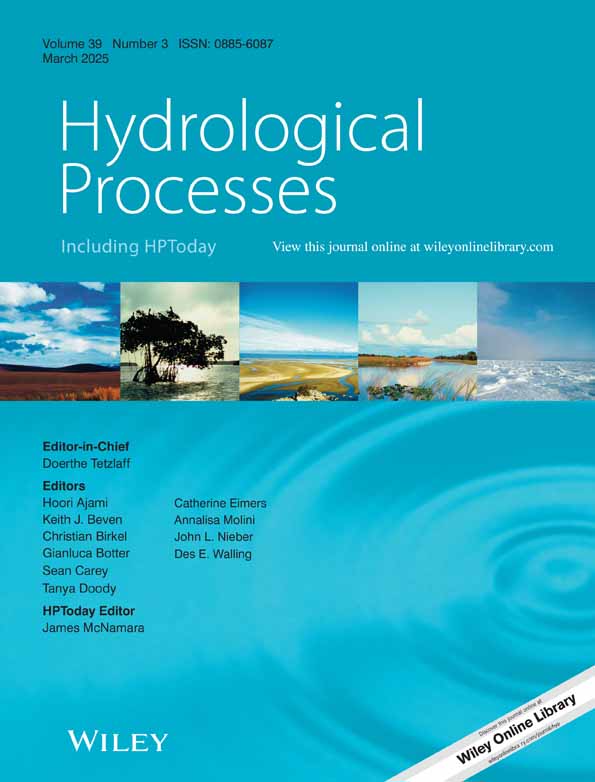Assessing the Spatiotemporal Applicability of IsoGSM2 for Simulating Precipitation Isotope Compositions: A Multi-Timescale Analysis
Funding: This work was supported by Natural Science Basic Research Program of Shaanxi Province (2024JC-YBQN-0271), China Postdoctoral Science Foundation (2024MD753990), Postdoctoral Fellowship Program of CPSF (GZC20232144) and National Natural Science Foundation of China (42271022, 41771028 and 42401024).
ABSTRACT
Stable isotope in precipitation plays a crucial role in comprehending the water cycle. Isotope-enabled General Circulation Models (iGCMs) can continuously simulate the compositions of stable hydrogen and oxygen isotopes (δ2H and δ18O) in precipitation. The Isotope-incorporated Global Spectral Model Version 2 (isoGSM2), one of the iGCMs, has been widely used in related research. Here, we use the measured δ18O records (δ18OO) of 21 long-term monitoring stations from the Global Network of Isotopes in Precipitation and modelled δ18O (δ18OM) from isoGSM2 to compare δ18OM with δ18OO at different time intervals (monthly, annual) for the whole year (MD, AD), rainy season (RSM, RSA) and dry season (DSM, DSA). The results showed that isoGSM2 has good performance in the northern part of Oceania, southeastern Asia, central Europe, eastern North America, Greenland and northern South America across all temporal scales, but the correlations at the other stations vary depending on the timescale. The RMSE and correlation between δ18OM and δ18OO were better for the rainy season than for the dry season. The relationship between δ18OM and temperature was consistent with δ18OO for both the MD and RSM, as well as the relationship between δ18OM and precipitation amount for the MD. The deviation between simulated and observed values is associated with the accuracy of the model's simulation of rainfall and temperature, as well as the real environmental conditions. In addition, isoGSM2 may have a high correlation at sites where AO and ENSO are significantly affected. These findings are valuable for understanding isoGSM2's applicability and enhance the understanding and knowledge of stable isotopes in the water cycle.
Open Research
Data Availability Statement
The isoGSM2 data are available at http://isotope.iis.u-tokyo.ac.jp/~kei/tmp/isogsm2/ accessed on 9 March 2023. The GNIP data can be obtained at https://nucleus.iaea.org/wiser/gnip.php accessed on 23 March 2023.




